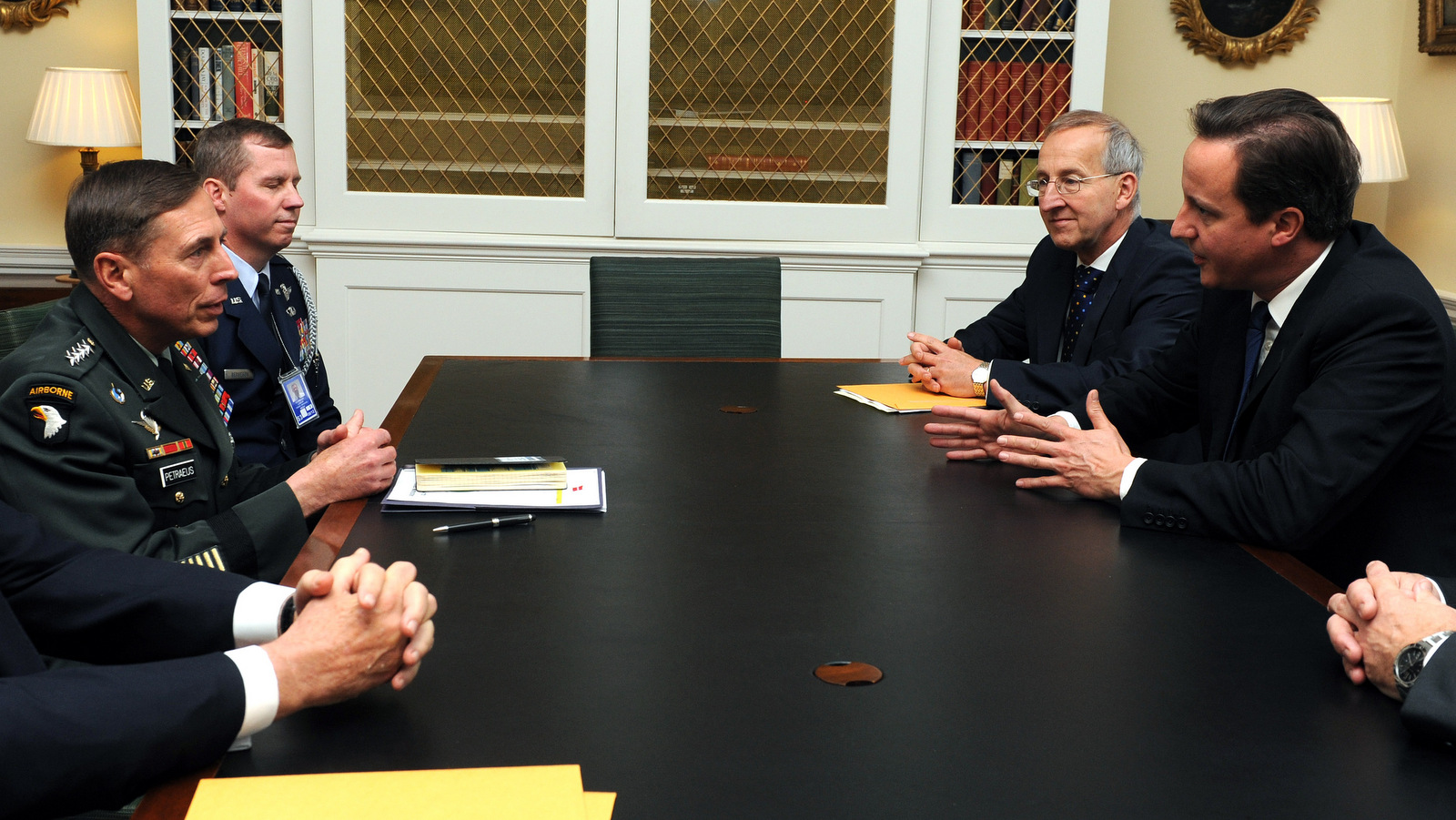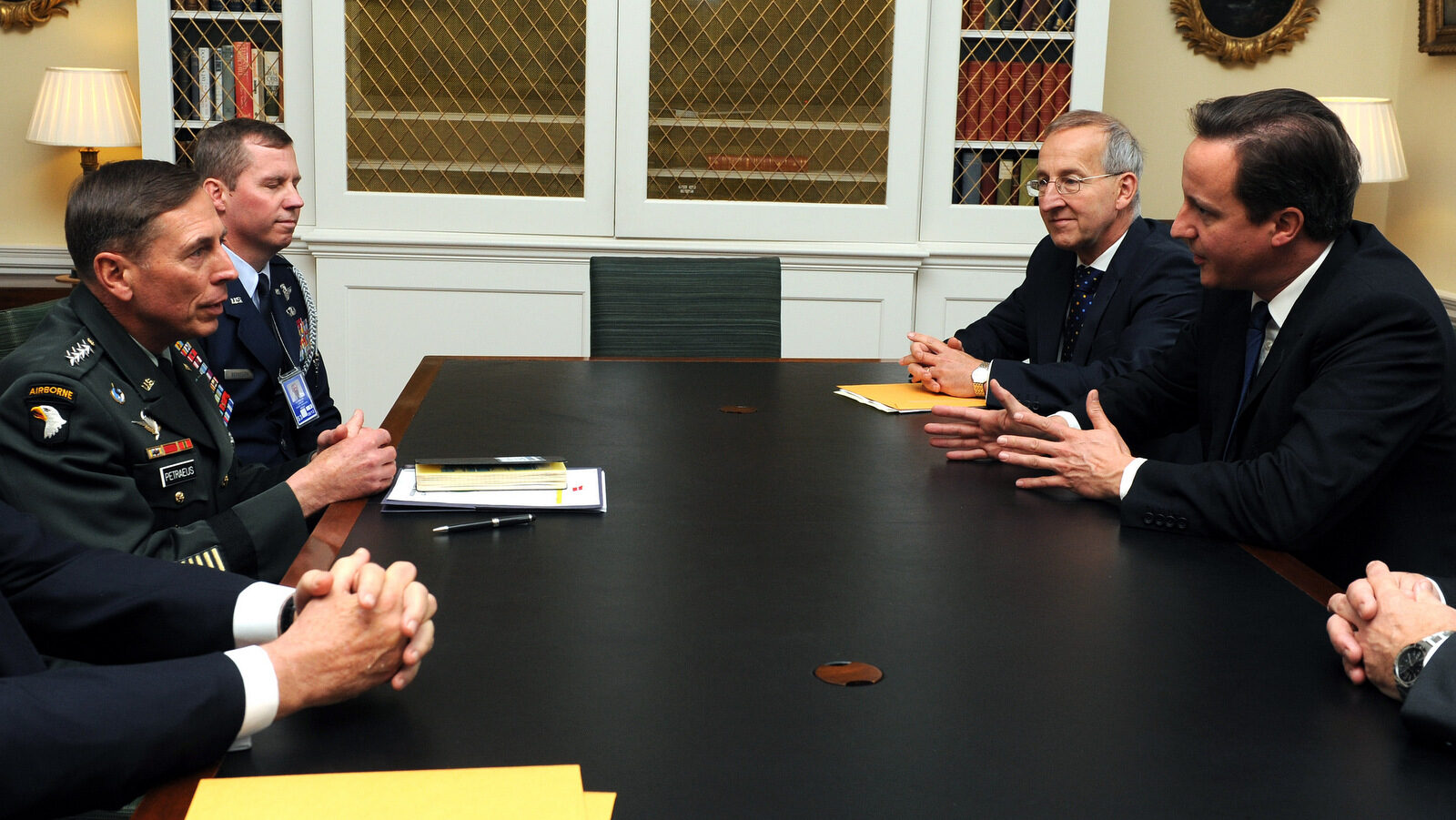
WASHINGTON — A recent investigation has revealed that someone thought to be an aid worker killed by Navy SEALs in Afghanistan was actually a spy working for MI6, the British intelligence agency.
Linda Norgrove was employed at Development Alternatives Incorporated, a U.S. contractor working in Afghanistan, when she was captured by the Taliban in September of 2010. Norgrove was killed in a rescue attempt the following month, when she was struck by a fragmentation grenade thrown by a member of Navy SEAL Team 6.
“Norgrove’s death was first attributed to an insurgent detonating a suicide vest — an account that was reported around the world,” Julian Borger, The Guardian’s diplomatic editor, reported on Oct. 13, 2010. Drone footage later revealed the real source of the explosion.
Though some SEALs faced disciplinary action for throwing the grenade, the story seemed to end there. However, a report published Jan. 10 in The Intercept revealed that Norgrove was actually working for MI6, bringing fresh attention to the case.
Matthew Cole, an investigative reporter at The Intercept, wrote that the SEALs were well aware of Norgrove’s actual employer:
“The operation, code-named ANSTRUTHER, an homage to Norgrove’s Scottish heritage, was authorized by British Prime Minister David Cameron. The operation commanded high-level interest because Norgrove … secretly worked with Britain’s MI-6, according to four U.S. military and intelligence sources. Two of these sources told me that the British government informed SEAL Team 6 mission planners that Norgrove worked for the spy agency, and that they had been tracking her movements since the abduction.”
When contacted by Cole, the British government refused to comment, giving a form of non-answer popularly known as a “Glomar” that is revealing in its deliberate vagueness. Cole wrote:
“Asked for comment, the British government told The Intercept that it does not comment on security matters and would ‘neither confirm nor deny’ that Norgrove worked for the intelligence agency.”
Norgrove’s death is just one of many suspicious incidents linked to SEAL Team 6 that Cole’s investigation shines light upon. Although SEAL Team 6, officially known as the Naval Special Warfare Development Group, is “today the most celebrated of the U.S. military’s special mission units,” Cole reported:
“But hidden behind the heroic narratives is a darker, more troubling story of ‘revenge ops,’ unjustified killings, mutilations, and other atrocities — a pattern of criminal violence that emerged soon after the Afghan war began and was tolerated and covered up by the command’s leadership.”
In one especially shocking incident in March of 2002, the special operations unit participated in an attack on a convoy of vehicles that was believed to contain Osama bin Laden, but actually turned out to be a wedding party of innocent men, women, and children. First, Air Force bombs halted the convoy in a ravine, then the SEALs fired machine guns from their Chinook helicopters. Cole described the grim aftermath of the attack:
“Men, women, and a small girl, motionless and in the fetal position, appeared dead. Inside the vehicle were one or two rifles, as is customary in Afghanistan, but none of the men wore military clothing or had any extra ammunition.”
It’s customary for most men to go armed in Afghanistan. An anonymous retired SEAL present at the attack told Cole, “These were family weapons.”
While The Intercept’s investigation focuses on events that are years in the past, the war in Afghanistan continues — and so does the involvement of U.S. special forces. Despite President Barack Obama’s promises to end the war before the end of his administration, close to 8,400 troops remained in Afghanistan at the end of 2016, and 300 additional Marines were sent to the region earlier this month.


